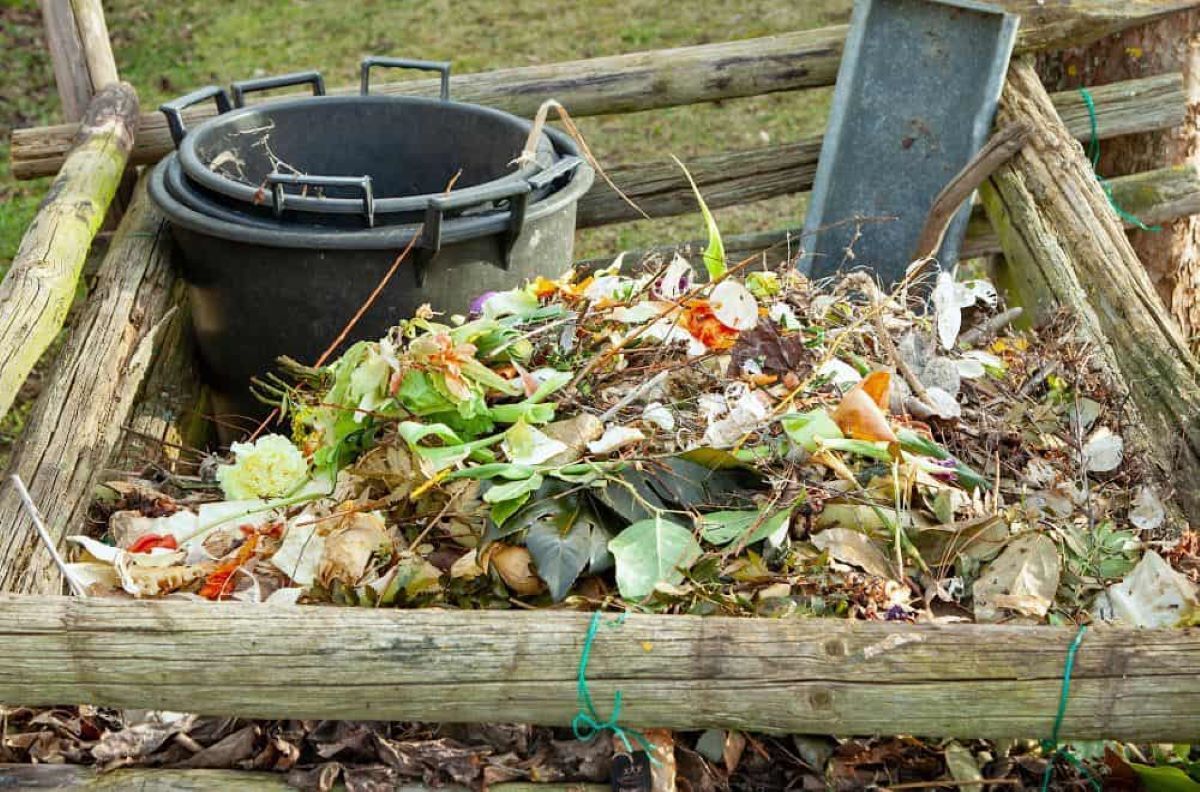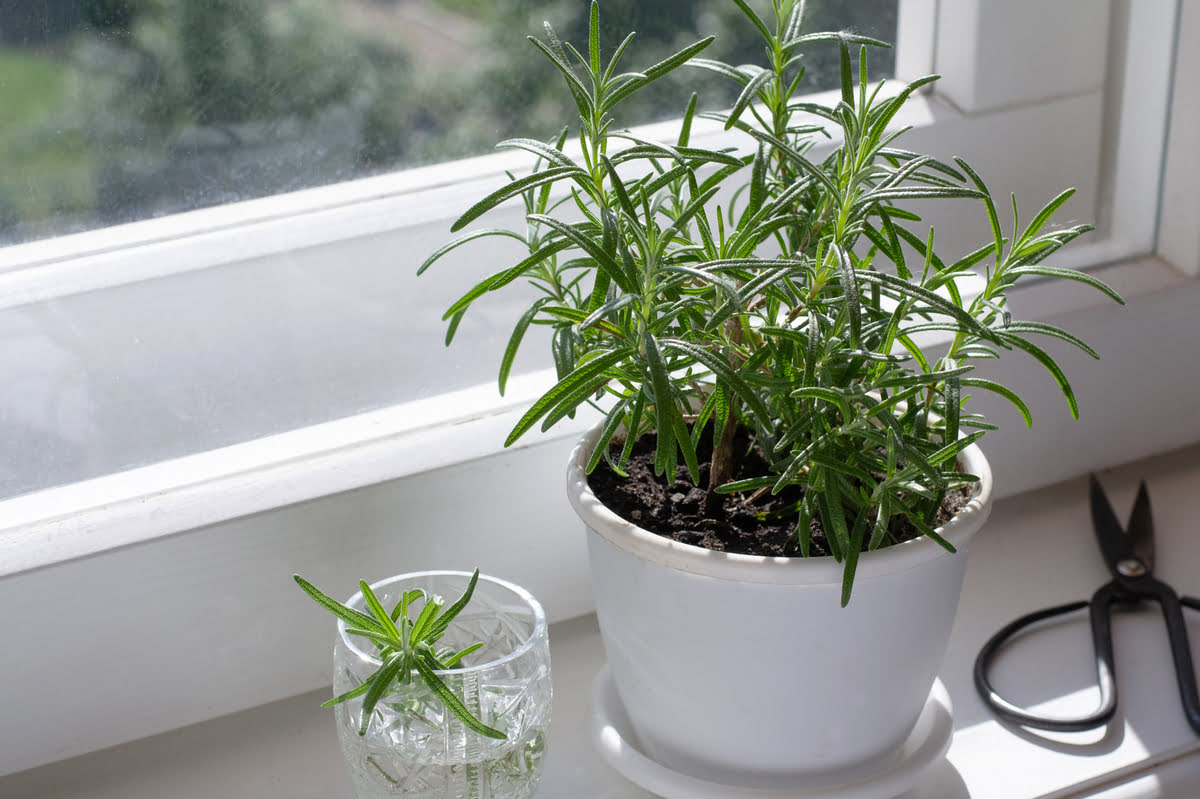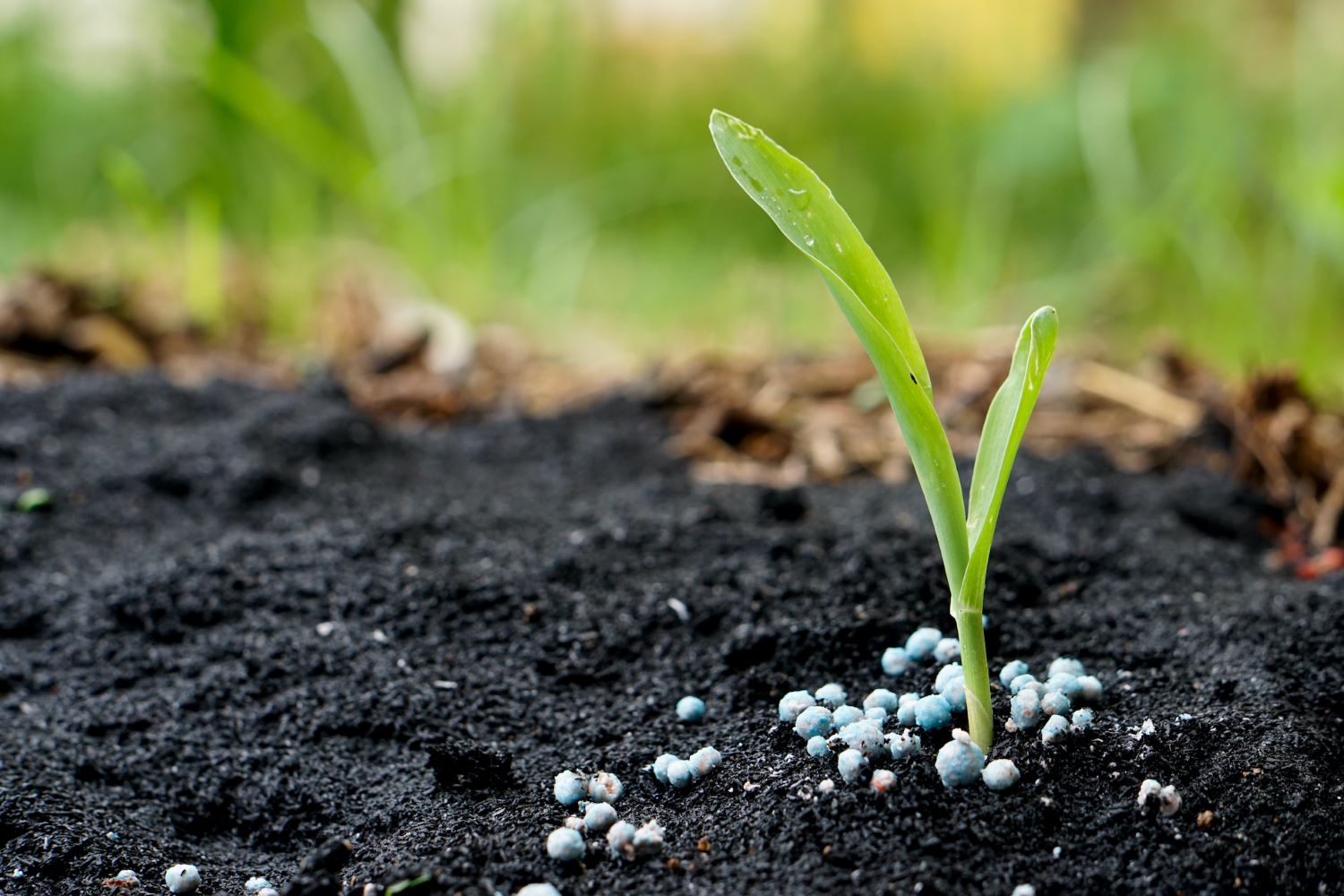Home>Types of Gardening>Ornamental Gardening>How Long Does It Take Lily Bulbs To Sprout


Ornamental Gardening
How Long Does It Take Lily Bulbs To Sprout
Published: January 24, 2024
Learn about the sprouting time for lily bulbs in your ornamental garden. Find out how long it takes for beautiful lilies to emerge and bloom.
(Many of the links in this article redirect to a specific reviewed product. Your purchase of these products through affiliate links helps to generate commission for Chicagolandgardening.com, at no extra cost. Learn more)
Table of Contents
Introduction
Introduction
Lilies, with their captivating blooms and enchanting fragrance, are a beloved addition to any ornamental garden. The process of lily bulb sprouting marks the commencement of their remarkable journey from dormant bulbs to stunning, vibrant flowers. Understanding the intricacies of this process is essential for ornamental gardeners seeking to nurture these graceful plants to their full potential.
Lily bulbs, often referred to as lily "pips," are the underground storage structures that fuel the growth and development of lily plants. These bulbs contain all the essential nutrients and embryonic plant parts required for the lilies to emerge from the soil and flourish. The sprouting of lily bulbs is a pivotal stage in the lifecycle of these perennial plants, signifying the awakening of nature's dormant beauty.
As an ornamental gardener, the anticipation of witnessing the first signs of lily bulb sprouting is a moment of great excitement and satisfaction. It heralds the imminent arrival of the lily's resplendent blooms, adding a touch of elegance and charm to the garden landscape. However, the process of lily bulb sprouting is influenced by various factors, and understanding these dynamics is crucial for successfully nurturing these exquisite plants. Let's delve deeper into the factors affecting lily bulb sprouting and the ideal conditions necessary to facilitate this captivating natural phenomenon.
Factors Affecting Lily Bulb Sprouting
The sprouting of lily bulbs is influenced by several key factors that directly impact the success and vigor of the emerging plants. Understanding these factors is essential for ornamental gardeners seeking to optimize the conditions for lily bulb sprouting.
- Bulb Quality: The quality and health of the lily bulbs play a pivotal role in determining the sprouting success. Healthy, disease-free bulbs with sufficient stored nutrients are more likely to sprout vigorously, giving rise to robust and flourishing lily plants.
- Soil Drainage: Proper soil drainage is crucial for lily bulb sprouting. Excessively wet or waterlogged soil can lead to bulb rot and hinder the sprouting process. Well-draining soil facilitates the exchange of gases and prevents waterlogging, creating an optimal environment for lily bulbs to sprout.
- Temperature: Lily bulbs respond favorably to specific temperature ranges for sprouting. Cool soil temperatures in early spring or fall can stimulate the sprouting process, while excessively high temperatures may impede or delay sprouting. Understanding the temperature preferences of the lily bulb species is essential for providing the ideal sprouting conditions.
- Light Exposure: Adequate light exposure is essential for lily bulb sprouting. While lily bulbs generally prefer partial to full sunlight, excessive shade can inhibit the sprouting process. Ensuring that the bulbs receive the appropriate amount of sunlight is crucial for promoting healthy sprouting and subsequent growth.
- Moisture Levels: Balancing moisture levels is critical for lily bulb sprouting. Inadequate moisture can impede sprouting, while excessive moisture can lead to bulb rot. Maintaining optimal soil moisture levels during the sprouting period is essential for supporting the emergence of lily shoots and roots.
By carefully considering these factors and addressing them proactively, ornamental gardeners can create an environment conducive to lily bulb sprouting, setting the stage for the graceful emergence of these beloved ornamental plants.
Ideal Conditions for Lily Bulb Sprouting
Creating the ideal conditions for lily bulb sprouting is essential for nurturing healthy and vibrant lily plants. By understanding and implementing these optimal conditions, ornamental gardeners can significantly enhance the sprouting success of their lily bulbs.
- Well-Drained Soil: Providing well-drained soil is paramount for lily bulb sprouting. Loamy or sandy soils with good drainage prevent waterlogging, reducing the risk of bulb rot and facilitating the emergence of lily shoots and roots.
- Optimal Temperature: Lily bulbs thrive in environments with moderate temperatures conducive to sprouting. Depending on the lily species, providing cool to moderately warm soil temperatures during the sprouting period can encourage robust and healthy sprouting.
- Appropriate Light Exposure: Ensuring that lily bulbs receive the right amount of sunlight is crucial for sprouting success. Most lily varieties prefer partial to full sunlight, and providing adequate light exposure promotes vigorous sprouting and subsequent growth.
- Balanced Moisture Levels: Maintaining balanced soil moisture levels is vital for lily bulb sprouting. Consistent, moderate moisture without waterlogging supports the metabolic processes within the bulbs, fostering the emergence of strong and healthy lily shoots.
- Protection from Extreme Conditions: Shielding lily bulbs from extreme environmental conditions, such as excessive heat or cold, is essential for successful sprouting. Providing protective mulch or temporary shading can mitigate the impact of adverse weather, safeguarding the sprouting bulbs.
By creating an environment that aligns with these ideal conditions, ornamental gardeners can nurture the optimal setting for lily bulb sprouting, laying the foundation for the graceful and enchanting emergence of lily plants in the garden.
Time Frame for Lily Bulb Sprouting
The time frame for lily bulb sprouting encompasses a captivating and eagerly anticipated period in the ornamental garden, marking the transition from dormant bulbs to emerging shoots and roots. Understanding the typical time frame for lily bulb sprouting is invaluable for ornamental gardeners, providing insights into the natural rhythms of these graceful plants.
Generally, the sprouting of lily bulbs occurs in early spring, heralding the awakening of the garden landscape after the winter slumber. The exact timing of lily bulb sprouting can vary based on factors such as geographic location, local climate, and the specific lily species or cultivars being grown. In regions with milder winters, lily bulbs may begin sprouting earlier, while in colder climates, the sprouting process may commence slightly later in spring.
On average, lily bulbs typically begin sprouting within 3 to 6 weeks after planting, with some varieties exhibiting signs of sprouting even earlier under favorable conditions. This initial sprouting phase is characterized by the emergence of tender shoots from the soil, accompanied by the development of delicate roots that anchor the emerging lily plants.
As the sprouting progresses, the lily shoots undergo rapid growth, reaching upward to bask in the warming spring sunlight. The sprouting phase culminates in the emergence of the lily’s distinctive foliage, which serves as the photosynthetic powerhouse, harnessing the sun’s energy to fuel the plant’s growth and development.
Observing the gradual transformation of lily bulbs into vibrant, sprouting plants is a testament to the resilience and beauty of nature. The time frame for lily bulb sprouting encapsulates the wondrous cycle of life, offering ornamental gardeners a front-row seat to the captivating spectacle of nature’s renewal.
Tips for Encouraging Lily Bulb Sprouting
Encouraging robust and vigorous sprouting of lily bulbs is a rewarding endeavor for ornamental gardeners, and implementing specific tips can significantly enhance the success of this transformative process. By incorporating these valuable tips into their gardening practices, enthusiasts can create an optimal environment that nurtures the graceful emergence of lily plants.
- Pre-planting Preparation: Prior to planting lily bulbs, it is beneficial to prepare the soil by incorporating organic matter, such as compost or well-rotted manure, to enrich the soil and provide essential nutrients for the emerging bulbs.
- Proper Planting Depth: Planting lily bulbs at the appropriate depth is crucial for successful sprouting. As a general guideline, lily bulbs should be planted at a depth approximately three times their diameter, ensuring that they are adequately covered with soil while allowing room for sprouting.
- Strategic Watering: Providing consistent, moderate watering after planting encourages the metabolic activity within the lily bulbs, supporting the sprouting process. However, it is essential to avoid overwatering, as excessively wet conditions can hinder sprouting and lead to bulb rot.
- Protective Mulching: Applying a layer of organic mulch, such as shredded bark or straw, over the planted lily bulbs helps regulate soil temperature and moisture levels, creating a conducive environment for sprouting while offering protection from extreme weather fluctuations.
- Monitoring and Maintenance: Regularly monitoring the sprouting lily bulbs and addressing any issues promptly is essential for fostering healthy sprouting. Removing weeds, providing support for taller lily varieties, and protecting emerging shoots from pests contribute to the overall success of the sprouting process.
- Post-Sprouting Care: Once the lily bulbs have sprouted and the plants have established, maintaining optimal care practices, including regular watering, fertilization, and pest management, supports the continued growth and blooming of the lilies, ensuring a spectacular display of flowers.
By incorporating these tips into their gardening routines, ornamental gardeners can actively contribute to the successful sprouting and subsequent flourishing of lily bulbs, fostering a captivating display of natural beauty in their garden landscapes.
Conclusion
The sprouting of lily bulbs marks a poignant and captivating phase in the lifecycle of these beloved ornamental plants, symbolizing the renewal of nature and the promise of vibrant blooms to come. As ornamental gardeners, understanding the factors, ideal conditions, time frame, and tips for encouraging lily bulb sprouting empowers us to create an environment that nurtures the graceful emergence of lily plants.
By acknowledging the pivotal role of factors such as bulb quality, soil drainage, temperature, light exposure, and moisture levels, we can proactively address these elements to optimize the conditions for lily bulb sprouting. Creating the ideal environment with well-drained soil, optimal temperatures, appropriate light exposure, balanced moisture levels, and protection from extreme conditions sets the stage for the successful emergence of lily shoots and roots.
Embracing the natural time frame for lily bulb sprouting, typically occurring in early spring, allows us to witness the gradual transformation of dormant bulbs into vibrant, sprouting plants, heralding the arrival of the lily’s enchanting foliage and blossoms. By implementing valuable tips such as pre-planting preparation, proper planting depth, strategic watering, protective mulching, and diligent post-sprouting care, we actively contribute to the robust sprouting and subsequent flourishing of lily bulbs in our garden landscapes.
Ultimately, the journey of lily bulb sprouting embodies the resilience and beauty of nature, inviting us to partake in the profound cycle of life and growth. As we cultivate the optimal conditions and embrace the unfolding of this natural phenomenon, we become stewards of the wondrous transformation from dormant bulbs to resplendent lily plants, enriching our ornamental gardens with the timeless allure of these graceful blooms.





